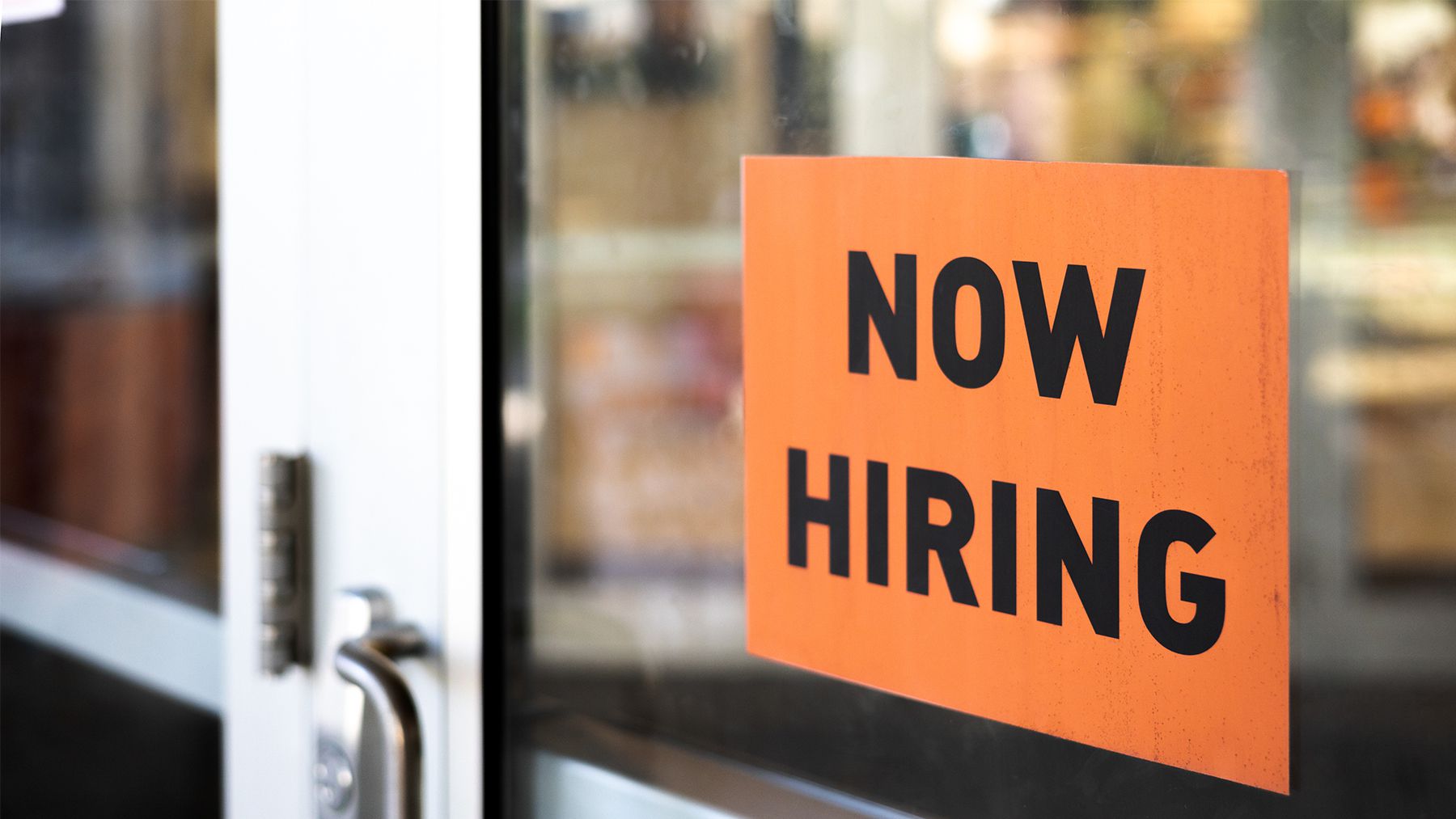
Several months ago, when Macy’s Inc. was looking to hire roughly 40,000 temporary workers for the holiday season, John Patterson, the company’s VP of Talent, had a small request: Do not post any “We’re Hiring” signs.
“Frankly, everybody’s hiring,” he said.
To stand out in a tight labour market, the company created a “new expression around candidate branding,” Patterson said. Instead of “we’re hiring,” the message “bring your amazing self to work,” appeared in job postings across its stores and corporate website.
It turns out, a simple language tweak – plus raising the department store’s hourly minimum wage to $15 – was the key to fully staffing stores and warehouses ahead of the year-end shopping rush. Macy’s will enter 2023 with 97 percent of corporate jobs filled, and close to that number for hourly roles, Patterson said.
“It’s hard, it’s heavy lifting but it feels as though we’ve got good talent and they’re sticking,” he said.
For talent leaders, this year was all about crisis management: workers quit at record rates, and a labour shortage made those jobs difficult to fill. Companies struggled to set new policies on everything from salaries to remote work as the pandemic’s aftereffects worked their way through the labour market.
Unpredictability will be a recurring theme in 2023 as well, experts say. Even as many companies have worked out big pandemic-era questions, new ones are on the horizon. They include a potential recession that will require layoffs in some areas even as a labour shortage keeps some key roles unfilled. Keeping employees engaged during tough times, and maintaining a commitment to equity as the energy of 2020′s social justice protests recedes is both a challenge and, in many cases, a mandate.
Here, BoF explores three workplace themes to watch in 2023.
Retention Over Recruiting
Many fashion companies spent the past two years responding to talent deficits in areas like supply chain, technology and sales. As the labour shortage peaked in 2022 and “The Great Resignation” proved companies shouldn’t presume employee loyalty, more companies are starting to tilt their talent investment toward retention over recruitment, experts say.
“Rather than over-hiring now or [resorting] to layoffs in a recession, there’s a real opportunity to think about how you can groom and leverage your talent or create cross functional roles in these businesses,” said Lisa Yae, managing partner of the Retail & Luxury Goods Practice at Hanold Associates.
In 2023, companies will need to place a greater emphasis on providing opportunities such as educational subsidies and training programs, weaving flexibility into all job functions, providing consistent face-time with leadership and helping their workforce see long-term growth opportunities within the organisation.
Macy’s now offers an education benefit whereby employees can earn four-year college degrees that are fully paid for by the company, said Patterson. The company also sponsors certificates, training programs such as “English as a second language,” cybersecurity, product management and courses for other “hot skills” that it believes will be useful in the department store in the future.
At True Religion, Theresa Watts, senior vice president of human resources, diversity, equity and inclusion, said the company has learned that salary increases and fancy job titles alone aren’t enough to keep people engaged at work.
“In 2023, I’m investing in areas like employee relations and giving our people things like paid volunteer hours and more time to have personal lives,” she said. “We can’t have people quitting without a job lined up because they’re so [desperate] to have more time with their families.”
As the economy cools, companies should resist the temptation to reduce their talent investments and, where possible, find ways to make use of existing talent in lieu of job cuts to avoid repeat labour shortages later on, Yae said.
The New C-Suite
The past year was a tumultuous one for fashion’s C-suite — chief executive changes happened at The Gap, The RealReal, Glossier and Chanel just to name a few — and the turnover trend could pick up steam in 2023, experts say. The shakeout could create an opportunity (and challenge) for HR leaders and boards of directors to redefine who should lead a fashion company, said Paula Reid, president of Reid & Co Executive Search.
In a hybrid office culture where employees are resolute in their expectations for flexibility, effective leaders must be top-tier communicators who consistently demonstrate agility, transparency and empathy, experts say.
“We’ve always talked about hard skills versus soft skills in leadership — the soft skills have really shifted in a really significant way,” she said. “Leadership is now so much more about partnership, creating transparencies and developing community.”
New and evolving leadership roles in areas like diversity, sustainability and environmental, social and governance could also take shape significantly in 2023 as more regulations in the UK and the US take effect and companies begin to learn how they can design these functions more effectively, Yae said.
“We’re seeing a lot more of those roles becoming blended,” she said. “Some organisations are realising that while [diversity, equity and inclusion] and ESG are both important matters, there tends to be so much crossover that maybe one [area] could fall under the other.”
Companies will need to be careful how they cast their DEI functions next year, though, as the high turnover that plagued the chief diversity officer role in 2022 is a concern for many minority employees and consumers who worry that fashion will backpedal, said Devin Wheeler, president at Bond Creative Management.
“The investment we’ve seen in companies in terms of elevating their positioning, their dedication and thoughtfulness around diversity is important for many reasons,” he said. “Companies really need to continue to focus and invest in these things.”
Addressing Blindspots
As hybrid work models become the norm and more employees expect flexibility and balance in their day to day, fashion firms will need to pay attention to how new ways of working impact their company culture and ensure that their leaders are able to foster community and measure employee performance in an equitable way.
For instance, while many companies have — whether willingly or unwillingly — adopted remote work in some capacity, leaders who prefer that their teams are in the office could have a bias towards the employees who opt to work in person more than their peers.
“What’s the right balance? How do you think about performance in an equitable way?” said Yae. “How do you make sure that promotional opportunities are fair when you have half a workforce that chooses to come in, half that come weekly, and others that are fully remote?”
In many cases, new work models require intentionality, agility and openness on the part of leadership, said Watts.
“We have to focus on culture building, leadership development, mentorship and strengthening connections as people work remotely,” she said.



